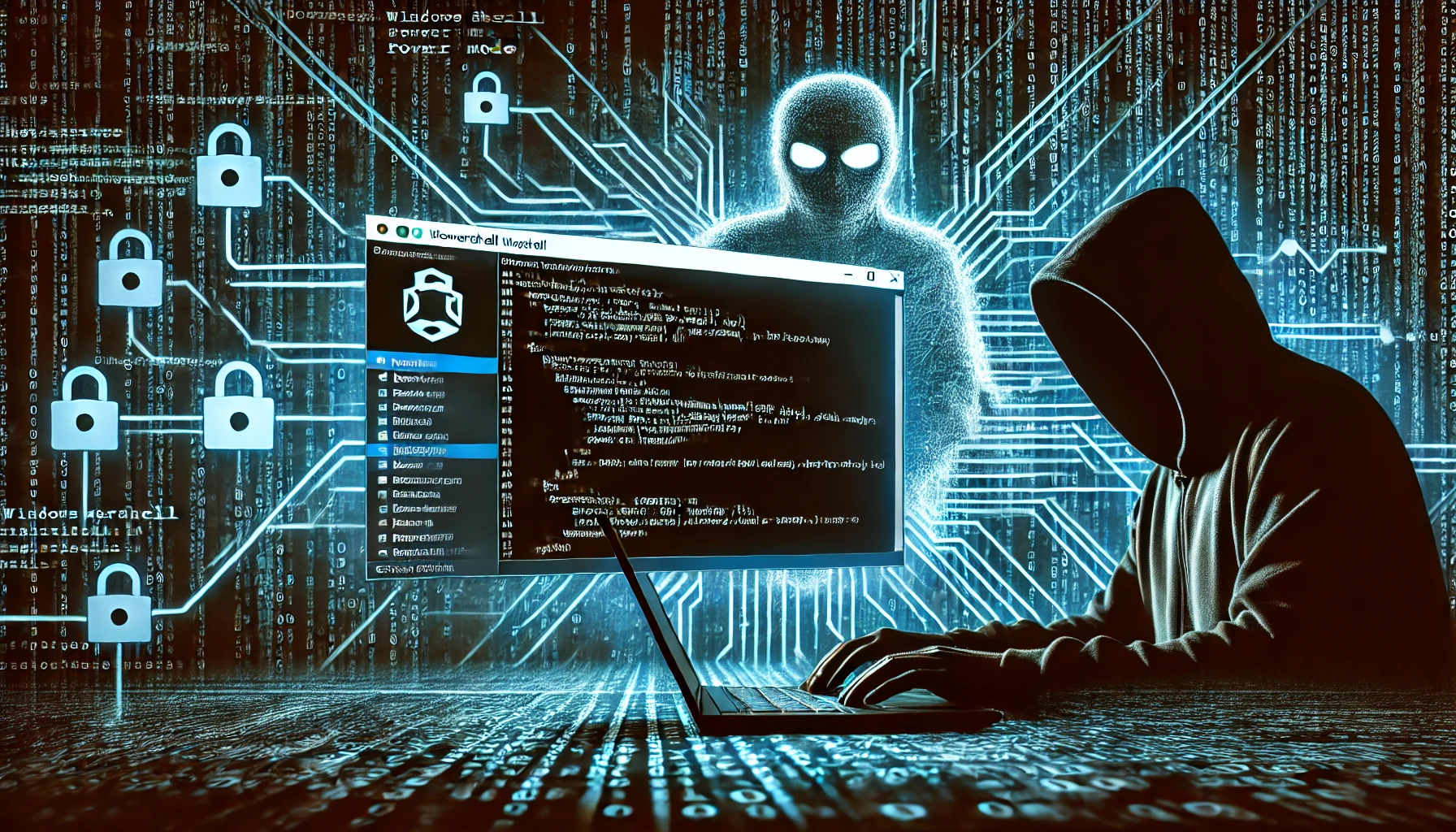In June 2024, eSentire’s Threat Response Unit (TRU) identified a significant case involving a Vidar Stealer infection. This infection began when a victim searched online for solutions to a Windows Update Error code such as 0x80070643. During their search, they landed on a site named PCHelper Wizards, which offered a supposedly simple fix through a PowerShell script. Unbeknownst to the victim, this script led to a Vidar Stealer infection using the Hijack Loader (IDAT Loader) variant.
How the Attack Unfolded
The fake IT support website, PCHelper Wizards, appeared legitimate, providing step-by-step instructions to resolve the error code using a PowerShell script. Users could copy the script or download and execute it. The script initially decoded a Base64 string to access a URL where it downloaded a ZIP archive to the %TEMP% folder. After verifying the file, the script decoded another Base64 string to make a POST request, signaling the command and control (C2) server about the successful download. If executed, the script decoded a final Base64 string to notify the C2 server that the payload had been executed, marking the infection’s success.
Social Engineering and Multi-Platform Integration
Further investigation revealed that attackers also used YouTube videos to enhance their scam. These videos featured bot-generated comments praising the effectiveness of the solution and included links to the malicious website. This multi-platform integration created a convincing environment, tricking more users into executing the malicious PowerShell script.
Broader Implications and Findings
According to eSentire, threat actors are increasingly creating fake IT support sites to address common Windows errors, such as the 0x80070643 error. Researchers discovered multiple fake sites, including pchelprwizzards[.]com and pchelprwizardsguide[.]com, among others. These sites all required users to run a PowerShell script or import a Windows Registry file, both of which led to malware installation.
Detailed Attack Mechanism
The PowerShell scripts on these sites contained Base64 encoded commands that connected to remote servers, downloading additional scripts that installed the Vidar Stealer malware. Once executed, the malware stole various types of sensitive data, including saved credentials, credit card information, cookies, browsing history, cryptocurrency wallets, text files, and Authy 2FA authenticator databases. This stolen data was then compiled into logs and uploaded to the attackers’ servers, potentially leading to further attacks or being sold on dark web marketplaces.
Prevention and Recommendations
Preventing such infections requires a multi-faceted approach, incorporating best practices and expert advice. Here are key steps to enhance your defense against these sophisticated threats:
- Rely on Trusted Sources: Always download software and fixes from reputable sources. Avoid following instructions from random websites or videos with questionable reputations.
- Implement Robust Security Measures: Utilize advanced cybersecurity solutions to monitor and control administrative tools like PowerShell. This can help prevent misuse by attackers. A professional cybersecurity company can provide tailored solutions to fit your organization’s specific needs.
- Educate Users Continuously: Regular cybersecurity training is vital. Educate users about the risks of downloading scripts or software from unverified sources. A cybersecurity advisor can design comprehensive training programs to ensure all employees are aware of potential threats.
- Employ Expert Guidance: Engage a cybersecurity consulting firm to evaluate your current security posture and recommend improvements. They can assist in implementing best practices and deploying advanced threat detection tools.
Additionally, being cautious about the authenticity of online solutions and staying aware against unusual attack methods are crucial steps in safeguarding against these sophisticated threats.
Conclusion
The increasing sophistication of cyber threats, exemplified by the Vidar Stealer infections via fake IT support sites, highlights the need for heightened cybersecurity awareness and robust preventive measures. By understanding the tactics used by attackers and adhering to best practices, users and organizations can better protect themselves from such malicious activities.

